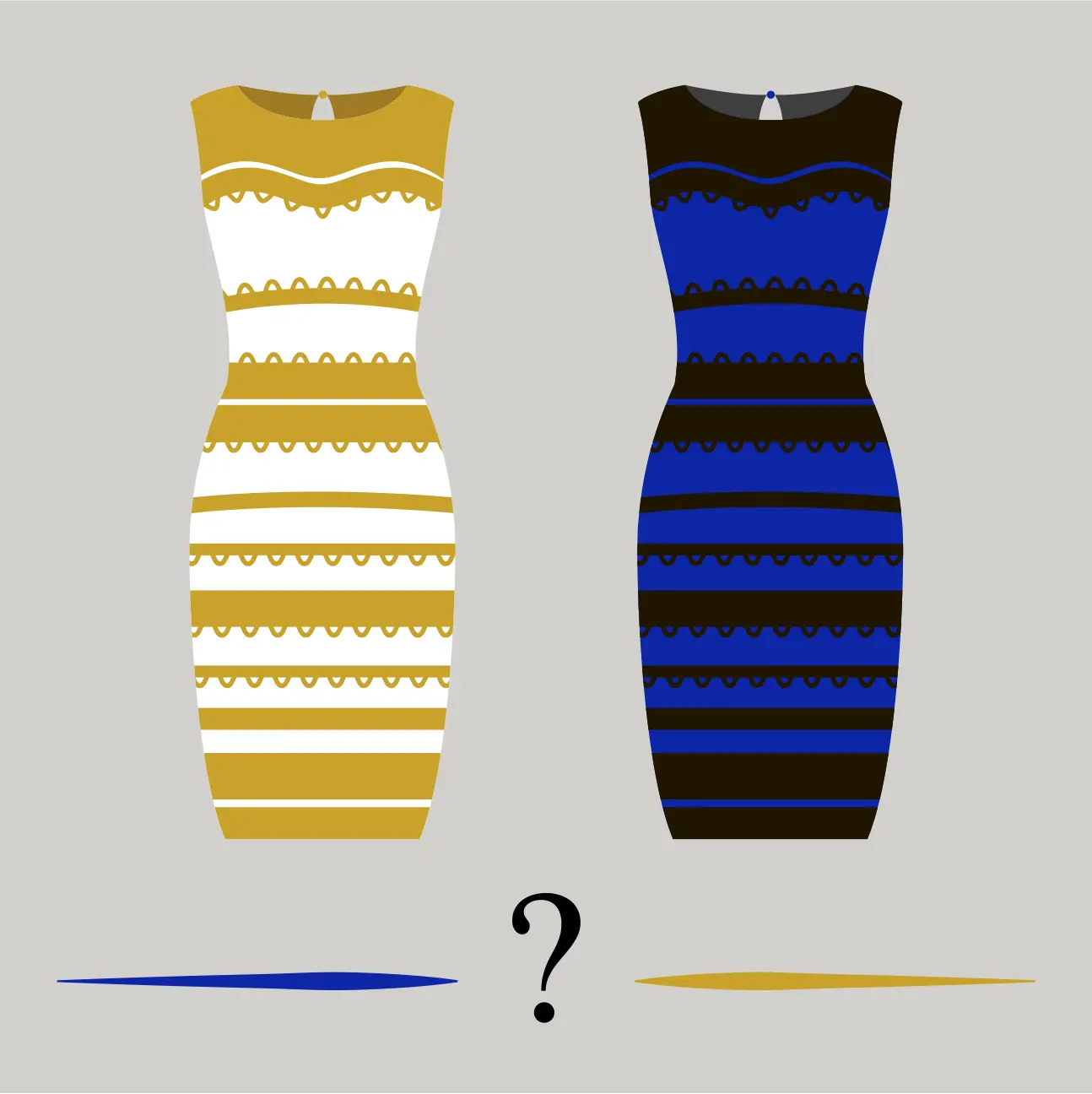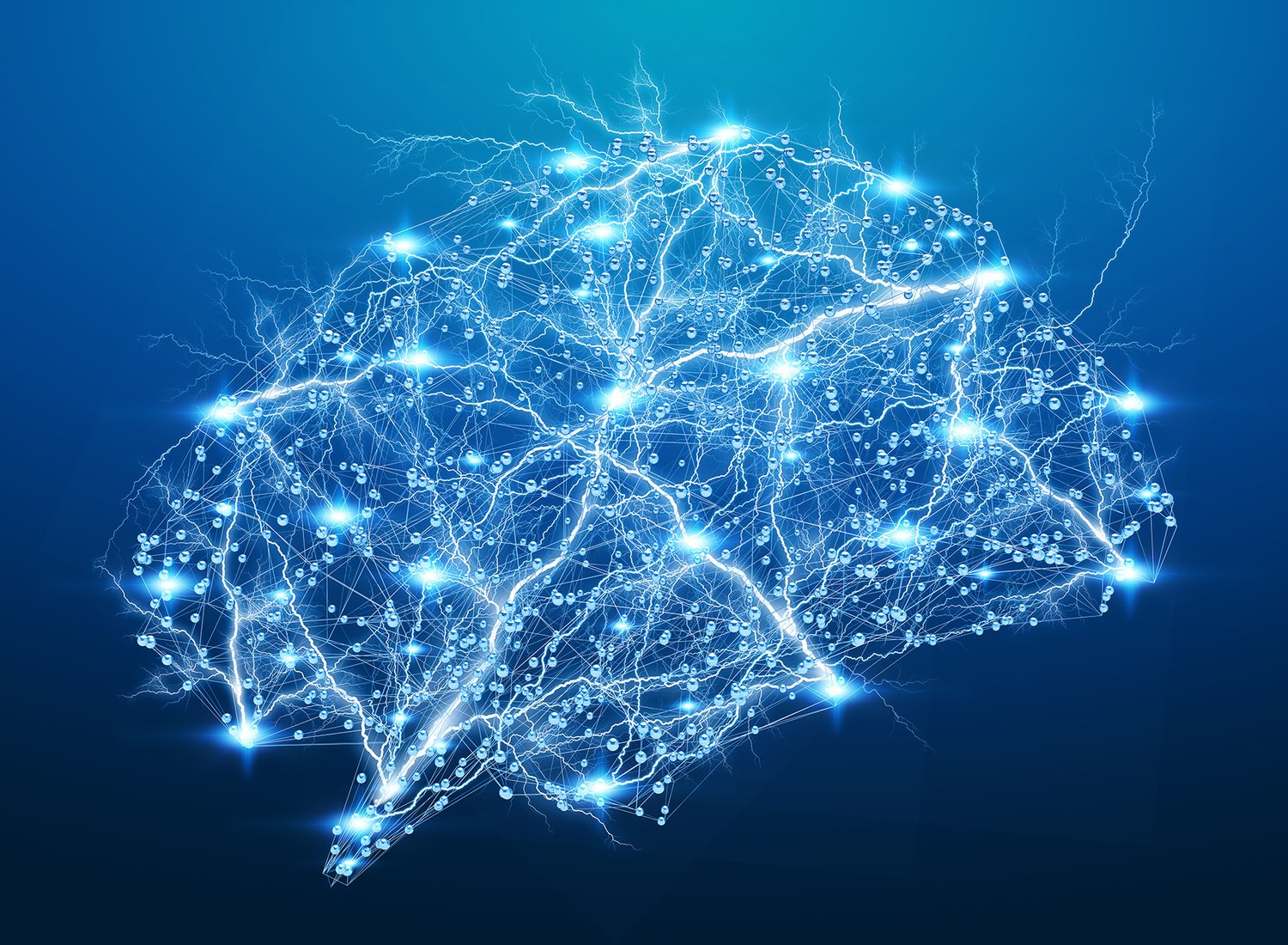Perception Box: A Detailed Explanation
Perception Box is a groundbreaking framework developed by Elizabeth R. Koch that describes how a person's perception is structured by various factors such as beliefs, biases, and narratives. It relates to the architecture of the mind that all humans, young and old, and indeed, all conscious creatures, are constrained by. We each live in our own Perception Box, a box whose walls are invisible and unbreakable, as we can only experience what our neural circuitry permits our mind to experience. These walls, or constraints, become the filter through which we interpret everyone and everything. This ineluctable fact is true of every sentient being, each adapted to their niche, and so, as a consequence, each with their own, distinct, Perception Box. We like to use this term as it encompasses the entire construct of our mind that we are used to calling ‘reality’. It is critical to understand the neural mechanisms underlying the Perception Box construct, but the primary focus of our research funding is on subjective, conscious experience – the way people feel – which is the outcome of these mechanisms.
Everyone, even the most enlightened person, is a prisoner within their own conscious experience of perceived reality.
How we view and interpret the world and its inhabitants is dictated by our genes and the physical and social environment in which we were raised (“nature” and “nurture”). We absorb cultural norms, that is, spoken and unspoken rules as well as conscious and unconscious assumptions and biases about appropriate and inappropriate behaviors, situations, and goals that we use to construct meaning and the narrative of our life. These priors, to adopt the language of Bayesian reasoning, are shaped by personal experiences, both beneficial and traumatic, that reach all the way back to early childhood events and constrain the way we respond to social situations, to individuals based on their in-group vs. out-group affiliation, looks, skin color, actions, language and other cultural signifiers.
Our conscious experience of the world, our body, and our self—with its attendant emotions and feelings—are the only reality we know.
Collectively, these constraints, most of which are not consciously accessible, determine our view of reality, in particular social reality.
The extent to which our sense of reality is skewed in a positive, adaptive manner or negative, maladaptive manner can be described in terms of expansion or contraction. When our Perception Box is contracted, our experience is highly constrained by negative factors, such as anxieties, fears, negative expectations and so on. In such cases, our Perception Box becomes the source of much suffering, rumination, insensitivity to the experiences of others, and misinterpretation of one’s predicament and that of other sentient beings. We feel as though we are victims without agency, on the hunt for someone to blame. On the other hand, when its walls expand, we are open to new ideas, new perspectives, and new ways of seeing. We gain additional freedom to have more open, curious, and healthy experiences.
Perception Box is more than just a useful metaphor; it represents the often unseen framework of biases, beliefs, and narratives that influence how we interpret reality. Rooted in cognitive science and psychological research, this framework illustrates how each person’s unique mental model shapes their understanding of the world—often limiting their ability to connect with new perspectives and ideas.
When our Perception Box walls contract ... we feel as though we are victims without agency, on the hunt for someone to blame. When its walls expand, we are open to new ideas, new perspectives, and new ways of seeing.
The Perception Box walls are instantiated in an invisible, unconscious manner through the ways our brain networks are interconnected by trillions of synapses. This wiring comes about through evolution (phylogeny) and development (ontogeny). Evolution, instantiated in our common genetic heritage, makes us homo sapiens. The associated genetic blueprint provides for powerful supervised and unsupervised learning capabilities, allowing babies and children to adapt to a vast diversity of physical, social, and linguistic environments and mature into functional adults (e.g., synaptic sprouting in the first year or two of our lives, followed by pruning and Hebbian learning via synaptic plasticity). Learning continues throughout life all the way into healthy aging. This neural and mental flexibility enables us to survive and compete in the complex, highly dynamic technological and cultural environments that constitute the modern world.
The Perception Box’s borders and contents are a consequence of how the physical substrate of consciousness in our brain is organized—the neurons that constitute it and how they are wired.
Our conscious experience of the world, our body, and our self—with its attendant emotions and feelings—are the only reality we know. Our learnt biases, most of which are not consciously accessible to us, and without which we could not survive, together with our senses and our reasoning abilities, constrain how we view the world. This ineluctable fact is true of everybody. Our underlying biases and assumptions – that is, the stories we tell ourselves about ourselves and about other people – are so deeply ingrained that we often do not see them, and do not recognize when we are projecting. Even those of us who understand at an abstract level that we are biased, that we are projecting our past experience and learnings onto the present moment, lose sight of that fact during heated moments and when miscommunications occur. Political campaigns, social unrest, and viral social media posts (remember “the dress”, a Facebook photograph seen by millions of viewers in 2015; to many it appeared black and blue while, to others, it was just as obviously white and gold) remind us that others look at the same situation and come to very different conclusions, impacting our emotional well-being in major ways. However, such high-level cognitive insights rarely lead to concrete changes in our attitudes, let alone in our behavior.

These dysfunctional, ruminating, ego-obsessed states are associated with lesser awareness of others and the world at large, and a greater focus on protecting ourselves. These states go hand in hand with contracted Perception Box, in which we feel frustrated, anxious, fearful, and worried, while an expanded Perception Box is experienced as open to the world, more curious, less-ego driven, joyful, connected, and kind (note that this is independent of arousal levels). Central to Perception Box is the conscious self, a construct that exists across time, including autobiographical memories and future planning.
The self-conscious self can be aggrandizing, at the expense of everyone and everything else, or it can be insufficiently developed, implicitly assuming that everyone judges us or even that the entire world hates us. The self-conscious self develops in early childhood and is strongly shaped by the way our family or caretakers communicate and otherwise interact with us. Do they give us a feeling of being loved, of appreciating us and our gifts, of being part of something larger than ourselves, of being autonomous actors? Or do we grow up with a belief that we are unlovable, alone, worthless, impotent to affect changes or even that we are fundamentally bad in some way. Such a belief is an attempt to gain agency over a situation where we feel helpless -- it becomes the central problem we are trying to solve throughout our lives, usually unbeknown to our self-conscious self. As we enter adulthood, such beliefs cause untold suffering in ourselves, our relationships, our communities, and in the world at large.
The highly ingrained biases, assumptions, beliefs, and habits that shape our self-conscious self can be modified by various tools and interventions— the brain is plastic after all. The traditional approach involves various versions of talk or psychotherapy where, with the help of a gifted therapist, a person seeks to uncover and peel away the layers that make up their self-consciousness and its beliefs. However, success in talk therapy is elusive, costly, and only comes about, if at all, after years and years of sessions and so it is not readily applicable to adolescents. Other beneficial practices to enable open PerceptionBox states include a variety of meditation traditions.
An alternative are transformative experiences: those that demonstrate vividly how the very same inputs from the environment can appear quite differently to us, the experiencing subject, typically when the sense of self is minimized or eliminated entirely. This allows for a true epiphany: the world is constructed by our beliefs—in fact, it is constricted by it. We can truly realize the confines of our own Perception Box and only then—when the walls of the Perception Box become apparent—can the work begin to expand them, by changing our belief. In some transformative experiences, the old beliefs – we have no agency, no one loves us, no one cares about us – can be abruptly and permanently replaced by new, much more adaptive and positive beliefs, leading to a greatly increased feeling of being at home in the universe.
The ultimate aim of all research we fund is to help improve the well-being and the physical and mental health of as many people as possible.
Illustrative Areas of Interest
There are many ways in which such transformative experiences that expand the walls of our Perception Box can be achieved. Most involve a reduction in the sense of self and self-consciousness, undergoing ego reduction, relaxation, or even dissolution.

A variety of practices can be explored to shape our Perception Box during childhood and adolescence. These critical periods have a lasting impact but not much is known about how to navigate them in a rapidly-changing world. Today’s children grow up under circumstances that differ greatly from what their parents experienced – with little autonomous play and activities and under the constant gaze of social media that judges our very looks and our behaviors, leading to high levels of anxiety and social isolation. Technological advancements, in particular in AI, rapidly alter the socio-cultural landscape at a breadth-taking pace, difficult to adjust to. Together, this highlights a burgeoning demand for ecologically valid practices that can prepare children and adolescents for a long-term trajectory of Perception Box expansion into adulthood. Proposed practices should be scalable, evidence based, and tailored to the right environment and age group.
As taught by many spiritual traditions, a disengagement with the tangles of selfhood is often a prerequisite for expanding consciousness, enabling compassion, and promoting well-being. This is at the heart of traditional meditation and mindfulness training techniques, as well as various methods of self-inquiry. We are eager to explore novel tools and methods to reduce the high barriers for meditation to succeed.

Ego reduction can also be achieved by pranayama or other breathwork, by aerobic activities that induce a flow state, and by other means yet to be discovered. Different interventions, such as sensory feedback using different neural signals and modalities, transcranial current stimulation and so on, seek to achieve this goal in a way that is safe, reproducible, practical, and universally applicable so that its impact can scale to benefit the largest number of people.

These are just a few of the many possible ideas that could be empirically pursued, provided that the proposed research is rigorous and has specific, measurable, and realistic aims.